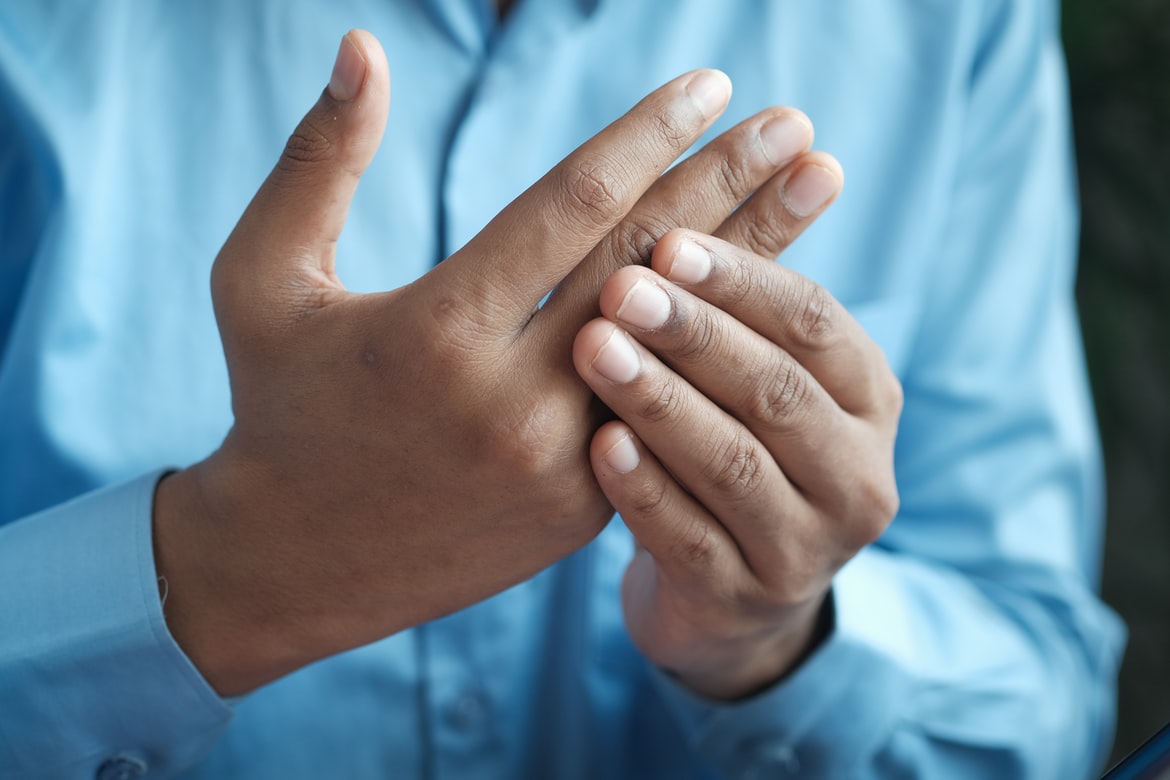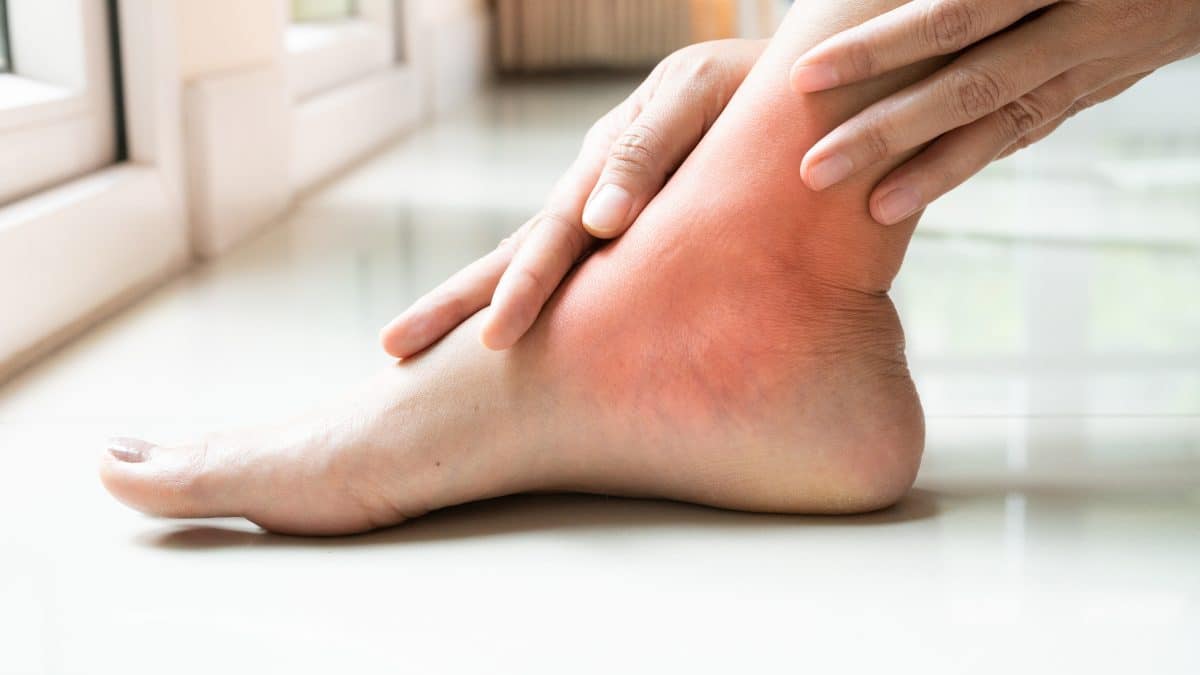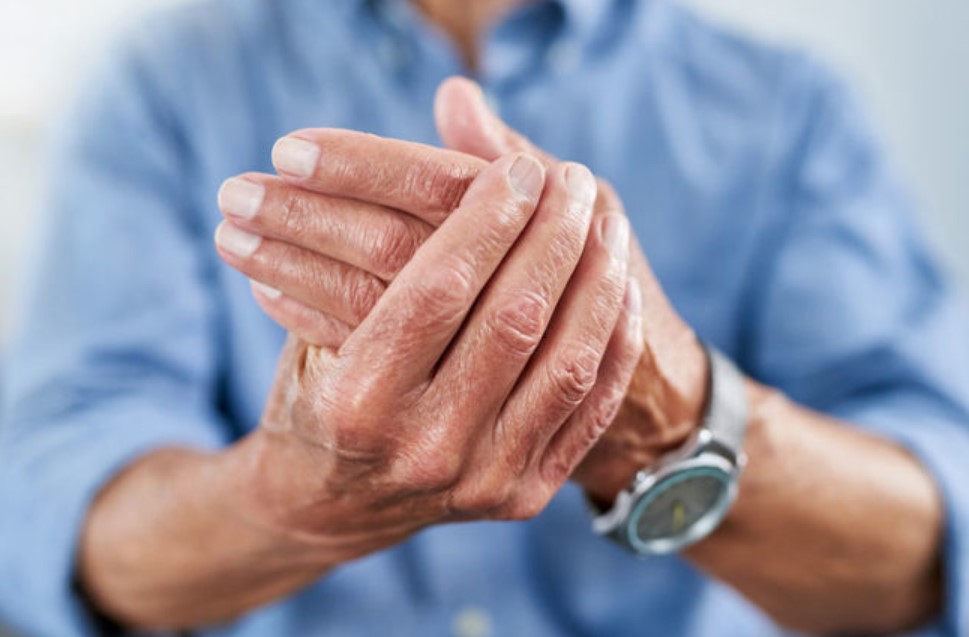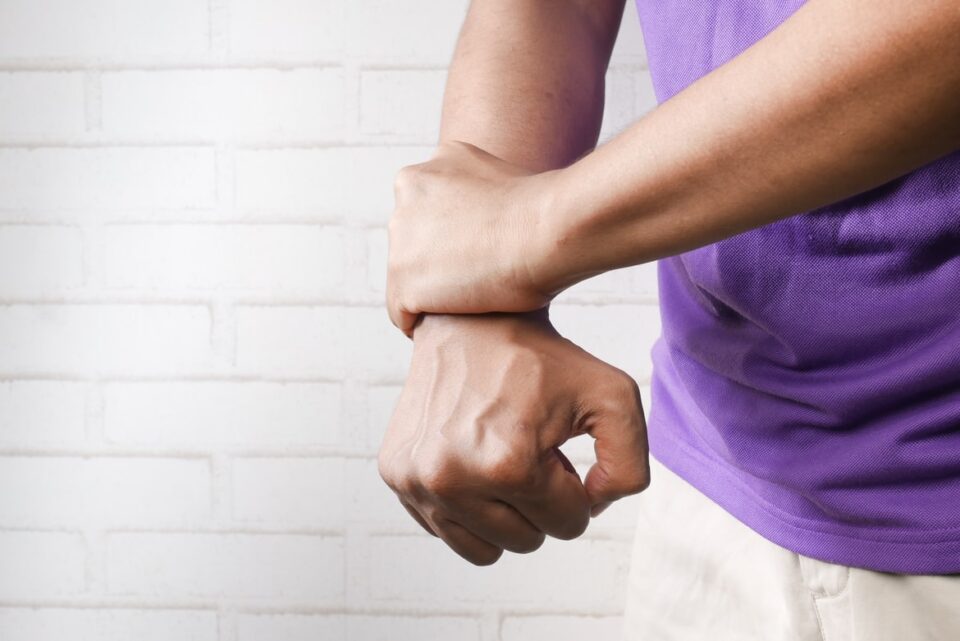Joints are critical parts of our bodies; they are the parts of our bodies where the bones meet. Their primary purpose is to allow for the bone’s skeleton to move. They include hips, knees, elbows, and shoulders.
What Is Joint Pain
Joint pain is the aches, discomfort, and soreness felt in any of these joint parts. Joint pain may result from either injury, wear and tear, among other reasons. Joint pain may not require hospitalization, but it’s essential to consult a doctor when the pain is severe.
Joint discomfort is commonly felt in the hips, knees, hands, feet, and spine. The pain may keep coming and going, and sometimes the joint may be sore, achy, or stiff. Sometimes the patients describe the joint pain as throbbing, burning, or a grating sensation. In most cases, the paining joint may be very stiff in the morning but loosen up later with activity and movement. However, it’s essential to note that too much movement hurts the joint further, making it more painful.
Joint pain limits a person’s ability to carry on their basic tasks because of the joint’s limited functionality. Severe joint pain greatly affects the patient’s quality of life. When seeking treatment, the patient must consider treating the pain as well as functions and activities that the pain hinders. Check out healthreportlive.com to see exercises and stretches that may help with joint pains.
Who Is Most Likely to Experience Joint Pains?

People likely to suffer from joint pains include
- aged since they have been using their joints for years and with time experience wear and tear
- those with previous joint injuries
- Those with arthritis and other chronic illnesses
- Those that repeatedly use or overuse a muscle
- Suffer from stress, anxiety, and depression
- Those with poor health or are overweight.
Causes of Joint Pains
1. Bursitis

This is an inflation of the fluid-filled pads’ bursae that work like a gliding surface or a cushion to reduce friction between the body tissues. This condition occurs mainly when a joint repeatedly performs frequent motions; it’s usually temporary and does not cause deformity.
Common types of bursitis include
- Retromalleolar tendon bursitis, also called the Albert disease, is caused by straining the lower part of the Achilles tendon by things like diseases, injury and shoes with rigid back support.
- Posterior Achilles tendon bursitis is also called the Haglund deformity. This condition is caused by walking while pressing the soft heel tissue onto the shoe’s hardback support.
- hip bursitis, also called trochanteric bursitis, familiar to women, is caused by injury, spinal abnormalities, spinal overuse, arthritis, or surgery
- elbow bursitis caused by constant pressure on the elbow or elbow injury. Prone to people who constantly lean on hard surfaces
- knee bursitis, also called Goosefoot bursitis caused by being overweight, arthritis, tight hamstring muscles, out-turning of the lower leg or the knee, and lack of stretching before an exercise
- kneecap bursitis caused by being on your knees for a long time and prone to plumbers and carpet layers
Symptoms
Patients’ pain and symptoms are different, but they all experience localized tenderness, pain, limited motion, redness, stiffness, swelling, and pain. Bursitis affects either the shoulders, knees, elbows, or hips, and chronic pain may deteriorate muscles and cause limited motion on the affected area.
Diagnosis
The doctor completes a physical exam and the patients’ medical history before recommending the following diagnostic tests. They include
- M.R.I. (magnetic resonance imaging): This test uses a combination of radio frequencies, large magnets, and a computer to take detailed imagery of the affected area.
- X-ray: This test uses electromagnetic energy beams that are invisible to create images of the affected area on film. Visit W-Radiology.com to learn more about this.
- Aspiration: This test uses a thin needle that assists in removing fluids from an infected area to check for gouts and infections as causes of bursitis.
- Ultrasounds: This imaging test uses sound waves that are high frequencies to look at the internal parts of the infected area.
- Blood test: this is an important test because it is done to rule out any other conditions.
Treatment
The most effective way to treat bursitis is to rest the inflamed limb or joint. Treatment also depends on whether the bursitis is infected or not. For aseptic bursitis(non-infected), treatment includes anti-inflammatory and pain-relieving meds, rest, ice, compression, and elevation commonly referred to as R.I.C.E.., a Steroid injection into the affected area, and braces or splints to limit movement.
For septic or infected bursitis, treatment may include antibiotics, bursectomy, surgical drainage, and possible removal of the infected bursae, repeated aspirations (repeated removal of the infected fluid using a needle.
2. Arthritis

This is a range of conditions that involve inflammation, pain, redness, and swelling of joints. Arthritis is a degenerative condition meaning that with time its symptoms seem to worsen.
Types of Arthritis
Here are the three major types of arthritis:
osteoarthritis arthritis, a condition that causes the breakdown of the cartilage heightened by wear and tear. Cartilage is the stern but slippery tissue covering the bones’ edges and forming a joint.
rheumatoid arthritis: a condition where a person’s immune system begins to attack the joints starting from the joints lining capsule. The lining, also called the synovial membrane, becomes swollen and inflamed, and there is a risk of destroying the bone and cartilage within that joint.
Gout: this is a condition formed when a person’s body has so much uric acid that it leads to uric acid crystals.
The uric acids also cause infections and other underlying diseases such as lupus or psoriasis, forming other kinds of arthritis. Gout is an excruciating condition, and the crystal collection usually occurs at the big toe, causing inflammation and severe pain.
Other types of arthritis include reactive arthritis, septic arthritis, thumb arthritis, juvenile idiopathic arthritis, and ankylosing spondylitis.
Risk Factors
There are many risk factors associated with arthritis, and they include
- Obesity: when one carries excess pounds, they stress their joints, particularly the hip, knees, and spine. Overweight people have higher chances of developing arthritis.
- Age: there are types of arthritis whose risk increase by age, and they include gout, rheumatoid, and osteoarthritis
- Joint injury: a person who has previously injured their joint either in sports, accident, or line of duty is more likely to develop arthritis on that joint.
- Sex: rheumatoid arthritis is more prone in women, while other arthritis-like gout is more prone in men.
- Family history: there are families where some arthritis runs, and therefore you have a high probability of developing arthritis if your parents and or siblings have arthritis.
3. Other causes of joint pain

Other conditions can bring about Joint pain, including cancer, fibromyalgia, tendinitis, chondromalacia of the patella, lupus, and infections such as hepatitis, mumps, and influenza.
Care and Treatment
Different pain management methods are doable at home and others in hospitals. They include doing simple daily exercises, taking pain-relieving medication. Below are some pain management methods
- Simple home remedies: applying ice, soaking in a warm bathtub, or placing a heating pad on the affected area offers relief over short periods.
- Exercise: helps in getting back function and strength. Low impact workout routines are the best. Gentle stretching exercises, walking, and swimming is also essential.
- Weight loss: cutting down one’s weight releases strain on joints.
- Anti-inflammatory drugs like ibuprofen and Acetaminophen help ease a patient’s pain.
- Dietary supplements such as glucosamine relieve joint pains
- Topical treatments: rubbing the skin on the affected areas using ointments and gels helps in easing pain.
If that does not work, then the doctor may prescribe the following
- Occupational or Physical therapy: taking therapy with a balanced fitness program helps ease the pain while improving flexibility.
- Supportive aid: a physical therapist, doctor, or occupational therapist may recommend supportive aids such as a cane, a brace, or orthotic devices to ease movement.
- Steroids: steroids are directly injected into the infected area to relieve pain and swelling
- Antidepressants: for a patient suffering from joint pain, the doctor may prescribe antidepressants to improve their sleep quality and offer temporary pain relief.
- Surgical options: If none of the above methods work, the doctor may prescribe either joint replacement where an artificial joint made of either metal or plastic replaces the old joint. Or they can recommend arthroscopy, which is a process that uses an arthroscope to remove bone chips, repair, or replace the joint cartilage.
Joint Pain Treatment and Follow-ups.
Everyone’s pain is different, everyone’s symptoms are also different. Ignoring joint pain may lead to chronic joint pain, deformation and may lower the patient’s quality of life. Seeking help from a provider, like Integrated Orthopedics, will ensure that the reason behind the joint pain is established and treated early.

